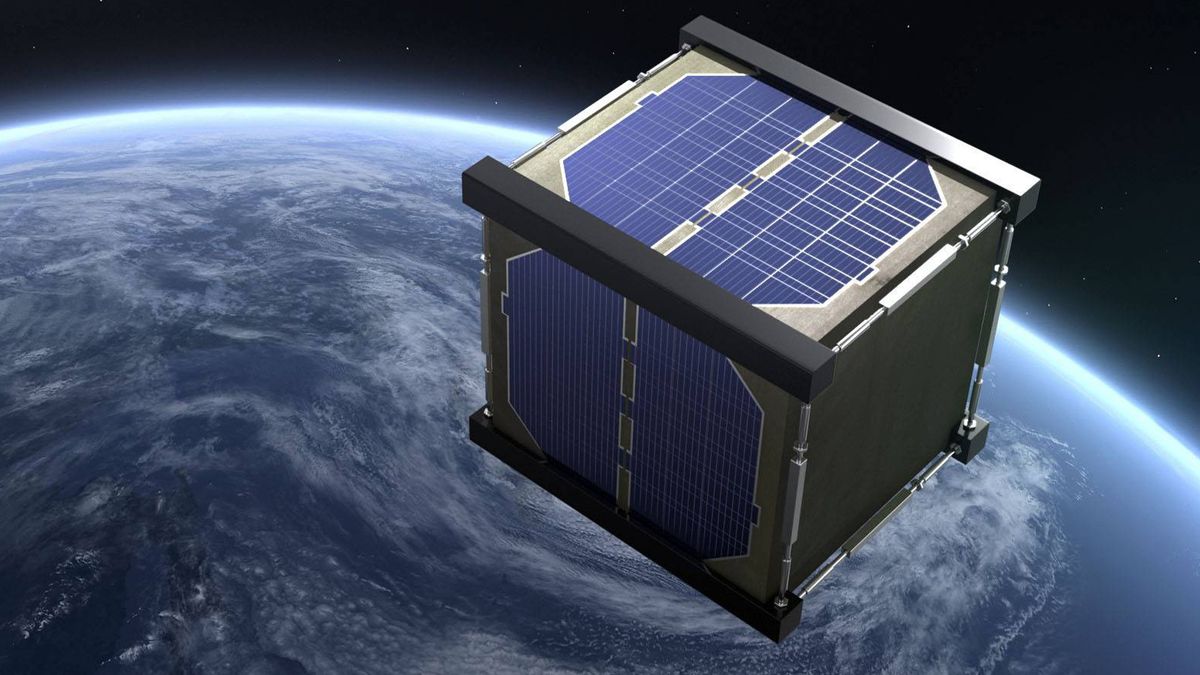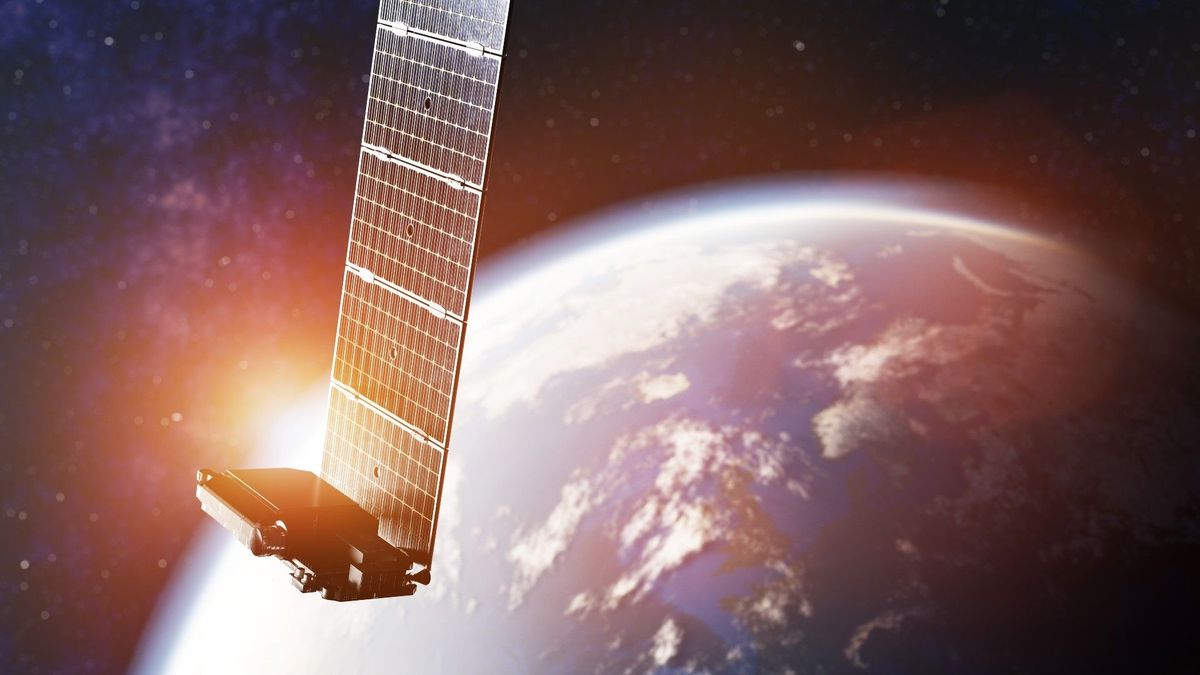NASA and the Japan Aerospace Exploration Agency (JAXA) are planning to launch the world’s first wooden satellite into space in a bid to make spaceflight more sustainable. LignoSat, a coffee mug-size satellite made from magnolia wood, is set to launch into Earth’s orbit by summer 2024, according to the space agencies. Wood doesn’t burn or rot in the lifeless vacuum of space, but it will incinerate into a fine ash upon reentry into Earth’s atmosphere, making it a surprisingly useful, biodegradable material for future satellites. After successfully testing their wood samples…
Read MoreTag: Space Junk
International Space Station dodges orbital debris hours before SpaceX cargo ship’s arrival: report
The International Space Station moved out of the way of space debris yet again this year, hours before a new cargo ship is supposed to arrive. A Russian Progress cargo spacecraft attached to the International Space Station (ISS) fired its engines Friday (Nov. 10) in a space debris avoidance maneuver, Russian federal space agency Roscosmos officials wrote on Telegram; translation was provided automatically by Google. (Space.com reached out to NASA officials and is awaiting the agency’s confirmation of the maneuver, as well as the nature of the debris.) The five-minute…
Read MoreSci-fi inspired tractor beams are real, and could solve a major space junk problem
In science fiction films, nothing raises tension quite like the good guys’ spaceship getting caught in an invisible tractor beam that allows the baddies to slowly reel them in. But what was once only a sci-fi staple could soon become a reality. Scientists are developing a real-life tractor beam, dubbed an electrostatic tractor. This tractor beam wouldn’t suck in helpless starship pilots, however. Instead, it would use electrostatic attraction to nudge hazardous space junk safely out of Earth orbit. The stakes are high: With the commercial space industry booming, the…
Read MoreHow AI-powered lasers could help with space debris
Low-Earth orbit is teeming with space junk. This increasingly cluttered area of space could benefit from a network of lasers that nudge objects at risk of colliding with satellites or spacecraft into safer orbits, according to new research. While space debris has been a concern for decades, efforts to address this junk have only recently started receiving serious investment. The latest early-stage idea is to mount artificial intelligence-powered lasers on satellites or other dedicated platforms and have them monitor space debris objects. When an object is suspected to be on…
Read MoreOrbital ‘parking spots’ could help prevent satellite traffic jams
Space vehicles may soon be assigned parking spots to prevent traffic pileups in Earth’s orbit. Roughly 10 times the number of satellites currently in space are expected to launch by 2030 — And this rapid expansion of Earth-observation and communications satellites is bound to create some congestion in space and therefore risk in-orbit collisions. That’s why engineers suggest giving spacecraft launched into low-Earth orbit or to the cislunar region — the area between Earth and the moon — a designated “parking spot” to help prevent accidents and make space more…
Read More

